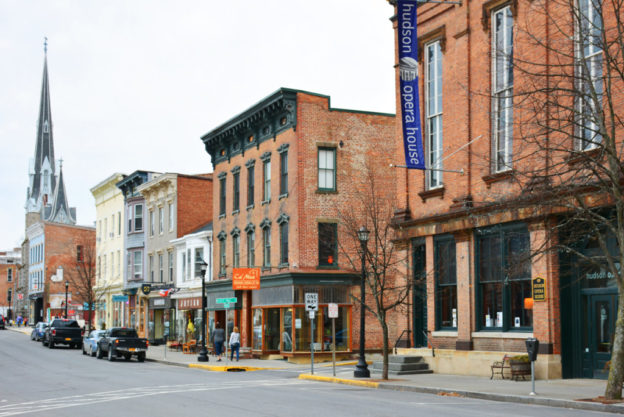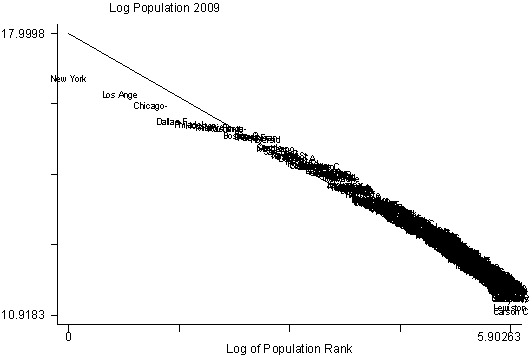A study of self-contained urban nodes within existing frameworks

Just as cities today form global networks, individual cities can be understood as a series of interconnected nodes. Urban fabric is granular, not smooth. It is characterized by pockets of intensity that develop around transportation nodes, historic centers, and increasingly, commercial zones. This is not a new phenomenon; The Palais Royale in Paris has been described as an early example of a self-contained urban enclave that never-the-less encompasses all of the dynamism and complexity of the city surrounding it. With new technologies, and an expanded scale of intervention, new urban typologies have emerged: vast enclosed stadia, simulated streets and interconnected urban shopping malls, labyrinthine transit nodes, artificial ski hills and surfing beaches, atria and gardens extending high into the air. The strong separation of exterior and interior disappears, and with it, the sense of the city as a man-made artifact situated in a natural landscape. “Atlanta is not a city, it is a landscape,” Rem Koolhaas has observed. “Its artificiality sometimes makes it hard to tell whether you are inside or outside.” The maximum artificiality of the urban landscape coincides paradoxically with a new sense of the city as continuous with nature.
Cities Within Cities is a collaborative research project that analyses and documents this phenomenon in its historical and contemporary manifestations. The goal is to create a catalogue of examples that might in turn provide models for contemporary urban interventions.


